In the wild, rabbits eat a combination of hay, grass, greens, and edible flowers. Domestic bunnies do best eating a diet that’s close to this. And that means eating hay and grass. Hay is essential. In fact, according to the RSPCA, a pet rabbit should eat a bundle of hay the same size as its body every day. Rabbit welfare organization Save A Fluff advises that 80 to 90 percent of a rabbit’s intake should be high-quality hay.
You might ask, what if I can't get my bunny to eat hay? Or how can I get my rabbit to eat more hay? Or to start eating hay in the first place?
If your rabbit doesn't eat hay every day, don't worry. It's not uncommon. More importantly, there are ways to get your rabbit interested.
Pellets Taste Good
My rabbit doesn't eat hay or grass. Can I feed them good quality pellets?
It’s fine to give your rabbit high quality pellets in small amounts. Because many types of pellets are made from hay and grass, you might think that pellets or hay cubes an adequate substitute.
That’s not the case.
Most rabbits love pellets. They taste good, and they’re easy to eat. They definitely keep your rabbit full.
But pellet food is like fast food. It's tasty and convenient but low in fibre and high in calories and carbohydrates.
Pellets were developed for feeding meat rabbits. An all-pellet diet can help a rabbit to grow big. This is great when you’re raising them to be sold by the pound. But for a pet rabbit, a high-calorie, high-carbohydrate, low fibre diet can lead to obesity.
On top of that, tough, fibrous hay keeps your rabbit’s constantly-growing teeth ground down. Eating enough hay also helps to keep their gut bacteria in balance and their digestive systems moving smoothly.
A rabbit's gut and digestive system is sensitive, and the wrong combination of foods can lead to gas, fecal impaction, and GI stasis, all of which can be extremely painful and even deadly. Hay every day can keep the vet away.
Rabbit pellets taste good, and they’re convenient for us. But they shouldn’t be the main part of your rabbit’s daily intake. Hay should.
So, What Should I Feed My Rabbit?
A pet rabbit needs to eat around 80 percent hay. You can supplement this with different types of rabbit-safe greens, vegetables, and a very small amount of high-fibre fruits.

Fruits are like dessert, though, and should be fed as a treat. And treats should comprise no more than 10 percent of the diet.
Rabbits under six months old do well with alfalfa hay. Alfalfa hay is high in protein and calcium. But adult rabbits do better with grass hay, especially Timothy hay.
As for pellets, feed no more than one quarter cup per five pounds of body weight per day.
But My Rabbit Won’t Eat Hay
And this can be a sticking point. How do you get your child to eat their salad when they’re used to having pizza for dinner?
There are a few tricks which can help to get your bunny munching on the right stuff.
Feed Hay Freely
If your rabbits have been eating mostly pellets, don’t stop completely. Gradually reduce the pellets to the recommended daily amount. Never change your rabbit’s diet drastically overnight. Instead, taper down.
At the same time, give them as much hay as they want, 24 hours a day.
Variety is the Spice of Life
Nobody likes to eat the same thing all the time. Think about your dinner salad. Do you want iceberg lettuce every time? Or would you like to mix it up with a bit of rocket or radicchio now and then?
Some rabbits prefer one type of hay over another. You can alternate or feed a mixture. Here are some types of hay and grass that are great for healthy adult rabbits.
And Speaking of Spices
You can add fun and flavour to your rabbit’s meal by mixing in rabbit-safe herbs and edible flowers. Not only will this improve the taste, but it will also give your rabbits the chance to forage while eating.
Like digging, hopping, and running, foraging is a natural rabbit behaviour. Moreover, it’s a behaviour that domestic rabbits often miss out on. Giving them the opportunity to forage every day will give them a bit of entertainment and mental stimulation.
Try some of these add-ins:
- Basil
- Chamomile
- Clover
- Coriander
- Daisies
- Dandelions
- Dill
- Fennel
- Lavender
- Nasturtium
- Oregano
- Parsley
- Rosemary
- Roses
- Sage
- Thyme
- Watercress
- Willow leaves, flowers, and wood
Again, go slowly and sparingly with new foods. Remember that these add-ins are like salt. A little bit adds fun and flavour. Eating too much can upset delicate bunny tummies.
Location, Location, Location
Did you ever notice how presentation can add interest to a meal? It’s the same for rabbits. If it looks interesting, they're more likely to eat it.
Instead of simply plopping their hay down in the same corner day after day, try to put it in locations that will encourage them to explore and nibble.
You can put hay near their litter box, for example. Some rabbits enjoy nibbling while they use the facilities.
If you have a multi-level hutch, place hay on different levels for a sort of treasure hunt. You might also put piles of hay in different parts of a single-level hutch and even in their run.
Make it a Game
You can use hay as the basis for any number of homemade boredom busters. Try these.
Whipping up fun
Stuff a small handful of hay into an ordinary metal kitchen whisk. Hang the whisk from the ceiling of your hutch or run. Your bunny will go in for a nibble and find a challenge instead!
Only use an all-metal whisk, however. Rabbits love to chew plastic, and it can harm them.
Totally tubular
A large tube made from pressed hay or cardboard can provide your bunny with hours of fun, whether they chew it, squeeze through it, or toss it around.
Double the fun by stuffing the tube with feeding hay or a mixture of hay and herbs.
You can use an ordinary mailing tube. Just remove any labels, tape, glue, etc. first.
And speaking of mailers, if you have a cardboard box or cardboard mailing envelopes cluttering up your house, these, too, can provide interesting -- and edible -- hiding places for hay.
Rack up the fun
Create your own hay rack from a kitchen sink dish rack. Place the dish rack upside down and stuff it with hay and forage.
Again, make sure that your dish rack is all metal. And remove any plastic or rubber parts.
Alternatively, you could buy a few ready-made hay racks and place them on different levels of your hutch. You could even move them around from time to time.
Make Hay While the Sun Shines
Or better yet, make hay available all the time.
Rabbits, like all of us, prefer food that is packed with flavour and easy to eat. But, just like us, rabbits need to eat their greens. And that means hay.
Hay promotes dental health, good digestion, and healthy weight maintenance.
If your rabbit is used to eating mostly pellets, they may refuse the hay at first. Don’t take the pellets away all at once. Rather, taper down to the recommended amount, and give them as much hay as they care to eat.
And do your best to make mealtime fun.
Do you have any tricks for getting rabbits to eat their hay? We’d love to hear about it!

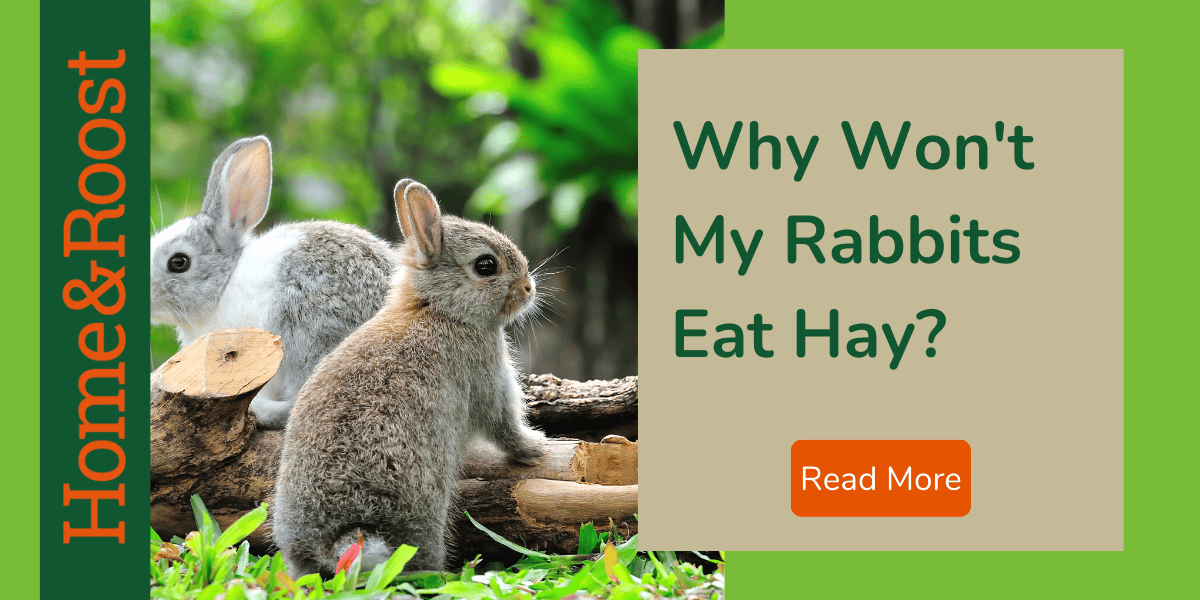


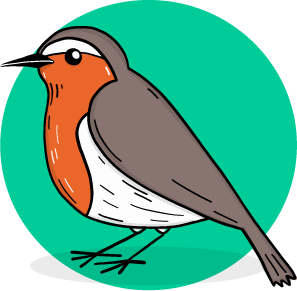
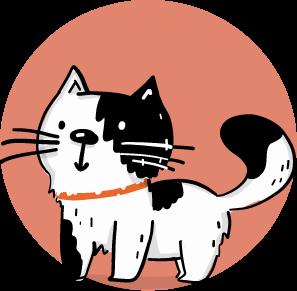

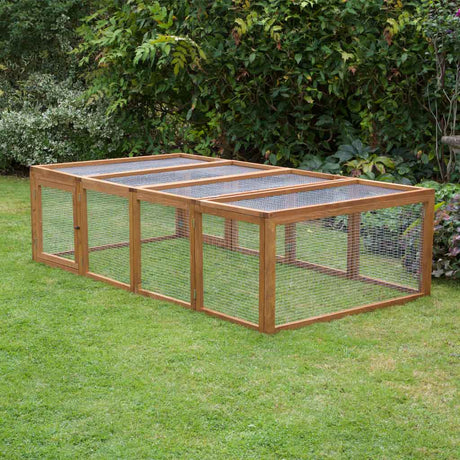
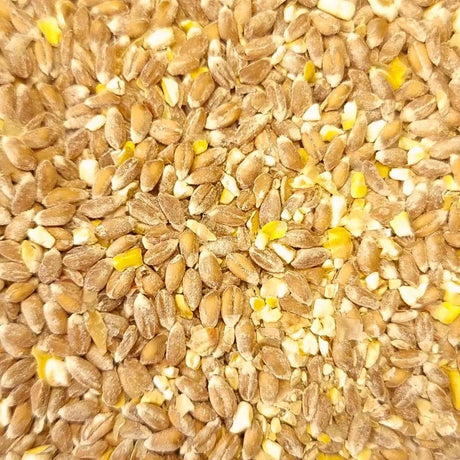

2 comments
I have one bunny who will eat her hay and she gets a few pellets in the morning. She’s not too keep on any fruit but she loves her greens. The other boy bun is a bit fussy. He has a rather sweet tooth so I have to keep treats to a minimum. He will eat pellets eventually and he’ll eat hay and loves to forage for herbs and flowers but he won’t eat his greens very well. He only seems to like cabbage. I’ve tried him with broccoli but nope. He will munch the occasional carrot but he just don’t seem a fan. I had to stop any treats just to get him to eat some greens. Any help would be appreciated
We are lucky that our rabbits love hay.
From the very start we limited pellets to 2 spoonful each and fed the rest of their diet with hay, vege dried flowers and herbs.
We buy maybe 6 different kinds of hay at a time and fill up their tubes or bowls with different ones. We also add a sprinkle of dried flowers or herbs and mix them in for them to forage.
Variety is definitely the key to getting them to eat it. They also have there favourites just like a child.and help themselves to the tin of flowers when I bring it in to feed them , they run to me when they see the flower tin.
??